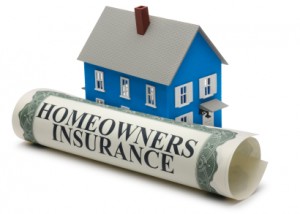
Conventionally refinancing your mortgage or tapping your home’s equity with a line of credit is so 2006. To loan refinance today, you may have to put cash in to the deal. At the peak of the real estate bubble, homeowners viewed their properties as bank ATMs with easy “cash-out” refinancing options at inflated house prices. Now, with so many mortgages underwater versus the appraisal value of the property and lenders requiring at most a loan-to-value (LTV) ratio of 80% (meaning you need to have equity of at least 20%), some people wanting to take advantage of today’s historically low rates are adding cash to make up the difference. Should you do the same?
Put cash into your home only if you have extra funds available and:
- You can significantly lower your mortgage rate. Locking in today’s 30-year fixed loan at about 4.3% requires a maximum LTV of 75%-80% so be ready to add cash to bring down your loan-to-value to within the required range. This is also ideal for someone with a current jumbo loan who is very close to the conforming cutoff ($417,000 loan for single-family homes). Add enough money to get out of the jumbo mortgage rates and save big: the difference between a 30-year fixed jumbo loan and a 30-year fixed conforming loan is about 1.3% right now.
- You want to avoid private mortgage insurance (PMI) by lowering your loan-to-value ratio to less than 80%. On average, PMI costs about $1500 per year on a $300,000 mortgage.
- You would like to pay off your mortgage faster by refinancing a 30-year loan into a 15-year loan. Even with the extra cash paid in, your monthly mortgage payments will be higher on a loan with a shorter amortization term, but you will save thousands in total interest over the life of the mortgage.
Keep your money if:
- You intend to stay in your house for less than 5 years. Even with the extremely low interest rates, it will take several years of these lower mortgage payments through a conventional refinance deal just to recoup your closing costs.
- Your credit score is not very good. If your credit score is low, you won’t qualify for the super-low rates you see advertised today. In fact, homeowners with a FICO score of less than 680 probably won’t get a low enough interest rate to make a “cash-in” refinance succeed.
- You are struggling with current expenses and bills. If you need to draw down your emergency reserve fund to consider a “cash-in” refinance deal, then don’t. You do not want to be completely illiquid (with all funds sunk into your home) should disaster strike.




